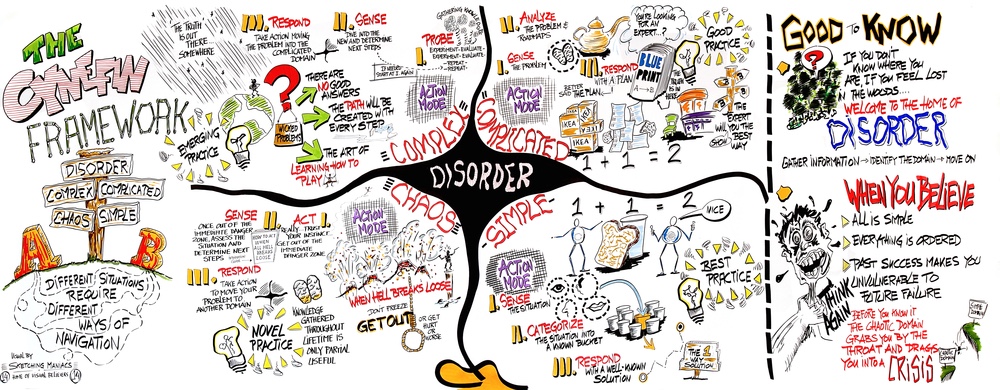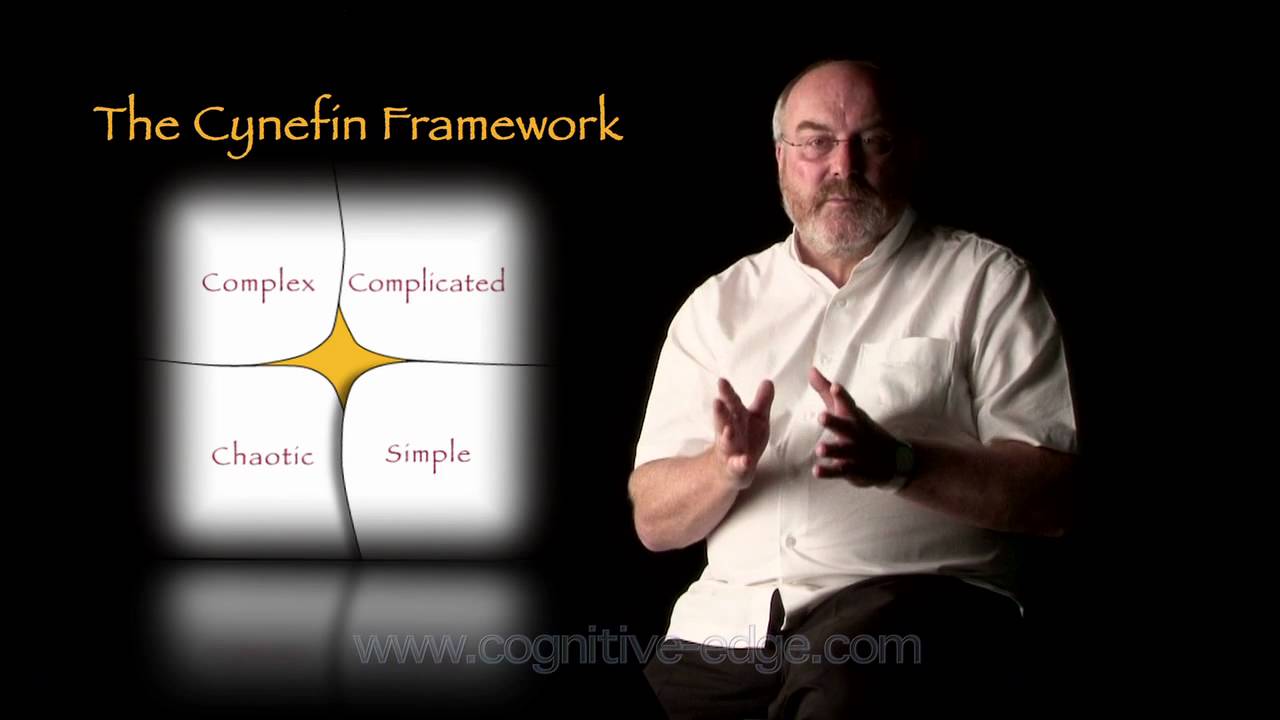It is a debatable topic to explore agile in terms of public crisis management. It is easy to comprehend that agile management and public crisis management have at least one thing in common that they are mostly used in situations with low predictability of future events. But, it also raises the following questions:
- Is there anything else they have in common?
- Could crisis managers learn from agile management principles?
Effectiveness of Agile Management for Crisis Management
In industrial organizations, the question regarding the effectiveness of agile management for crisis management is raised a lot. Sometimes this is decided based on gut feeling. While in theory, agile management is considered appropriate for crisis management. Luckily, there is also a model that is quite helpful to determine what kind of agile management could be helpful for certain problems.

No changes were made Attribution-Share Alike 4.0 License
The so-called Cynefin Model divides all situations into five context domains, as follow:
- Simple / Obvious – Simple context is basically a known context, where the relation between cause and effect is known and best practices are available. Problems can be sensed, categorized and responded (SCR).
- Complicated – Complicated context, unlike simple context, needs more expertise to understand the relation between cause and effect. However, some good practices might exist and problems shall be sensed, analyzed and responded (SAR).
- Complex – In complex context, the relation between cause and effect can only be understood from the retrospective point of view. There is no right answer for each problem, as any action might cause unpredictable changes in the situation. The only way to work in such a context is to probe, sense and respond (PSR).
- Chaotic – In chaotic context, the relation between cause and effect is completely unclear. You can only act with those situations in an act, sense and respond pattern (ASR).
- Disorder – Disordered context is when no other context types apply. There is no way to face such situations and the first step should be to change the situation towards a known context type.
A more detailed explanation can be found on YouTube:
Based on the above context domians, it can be depicted that agile management is usually most common to be used in complex context. Since one of the main aspects of agile management is continuous improvement in retrospective analysis, the PSR pattern fits ideally.
Is a Crisis Complex or Chaotic?
In order to properly depict the relationship between agile management and public crisis management, it is important to know what kind of context a crisis is.
Crisis in its simplest term is defined as an upset in a steady state.
Lydia Rapoport, “The state of crisis: Some theoretical considerations.” The Social Service Review (1962): 211-217.
While this definition is very general, there are lots of papers that are trying to define what exactly is a crisis. So, to summarize crisis in a brief and effective way, it is defined as a situation that is:
- Unexpected
- Creates uncertainty
- A threat to important goals (in this case it is a threat to safety and health)
The way crisis is defined, it is obvious that a crisis is at least cynefin-complex, if not chaotic or disordered. A crisis cannot be obvious, as then it would not be unexpected. Similarly, if it is complicated, at least experts can see the situation, so it would again not be unexpected.
The second point “Creates uncertainty” in crisis depicts that it comes unclear how to act during a crisis. It can be because of uncertainty regarding what happens if certain actions are performed. Therefore, the situation is something between chaotic and complex context, as the missing link between actions and their result is nothing else than the missing link between cause and effect.
So to determine whether agile management could be applied in public crisis management breaks down to the following question:
Can we find a relation between cause and effect in a retrospective analysis during a crisis?





Nice article, good work Finn.